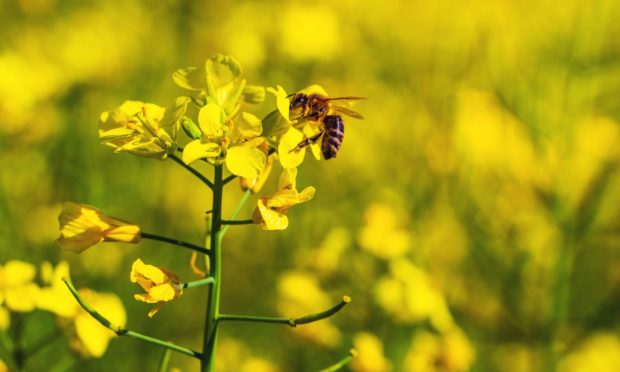The genie was out of the bottle long before George Eustice announced a Defra consultation on gene editing (GE) back in January.
Most scientists and the majority of farmers have been champing at the bit for years to get access to the technology for the precision breeding of plants and animals, and pioneering work has been going on in leading labs like the James Hutton Institute at Invergowrie for almost a decade.
If Brexit has one saving grace it is that it provided the opportunity for the UK to look independently at regulating GE differently from genetic modification (GM) – and Defra seized the moment.
It’s important to remember the distinction between gene editing and modification. GM involves the DNA of one species being introduced into different one, whereas GE – which is already being used in Australia, Japan, Argentina – is about speeding up changes which could eventually take place naturally over a long period of time.
All the indications now point to the UK Government being minded to change the regulations on GE
Defra’s consultation closed this week and we already know that the farmers’ unions, leading science institutes and Scotland’s agri-supply industry among many others gave the proposal the thumbs-up.
We also know the Scottish Government set its face firmly against GE many years ago, although when asked this week if there had been any softening in the approach to the technique, Rural Affairs minister Ben Macpherson responded ambiguously – deliberately or otherwise – by directing his comments to the government’s policy on GM and maintaining Scotland’s GM-free status. Surely he knows that’s not what’s on the agenda?
There is, of course, a new imperative for making radical changes to the tools at the farming industry’s disposal. Government targets for meeting net zero emissions and biodiversity goals require agriculture to be nifty in adapting to the challenges, particularly if food and drink output is to also to be scaled up to meet Scotland’s “Ambition 2030” goals.
All the indications now point to the UK Government being minded to change the regulations on GE, and while there are trade risks of diverging policy with Europe, a European Commission review on the subject is due to be published next month and there is growing pressure from France in particular for access to the technology.
It’s all far from being a done deal, but the Scottish Government needs to heed the advice of its own scientists, listen to the needs of the farming industry and make every effort to ensure consumers understand GE is safe.
Otherwise its Luddite stance will cost us dearly.











